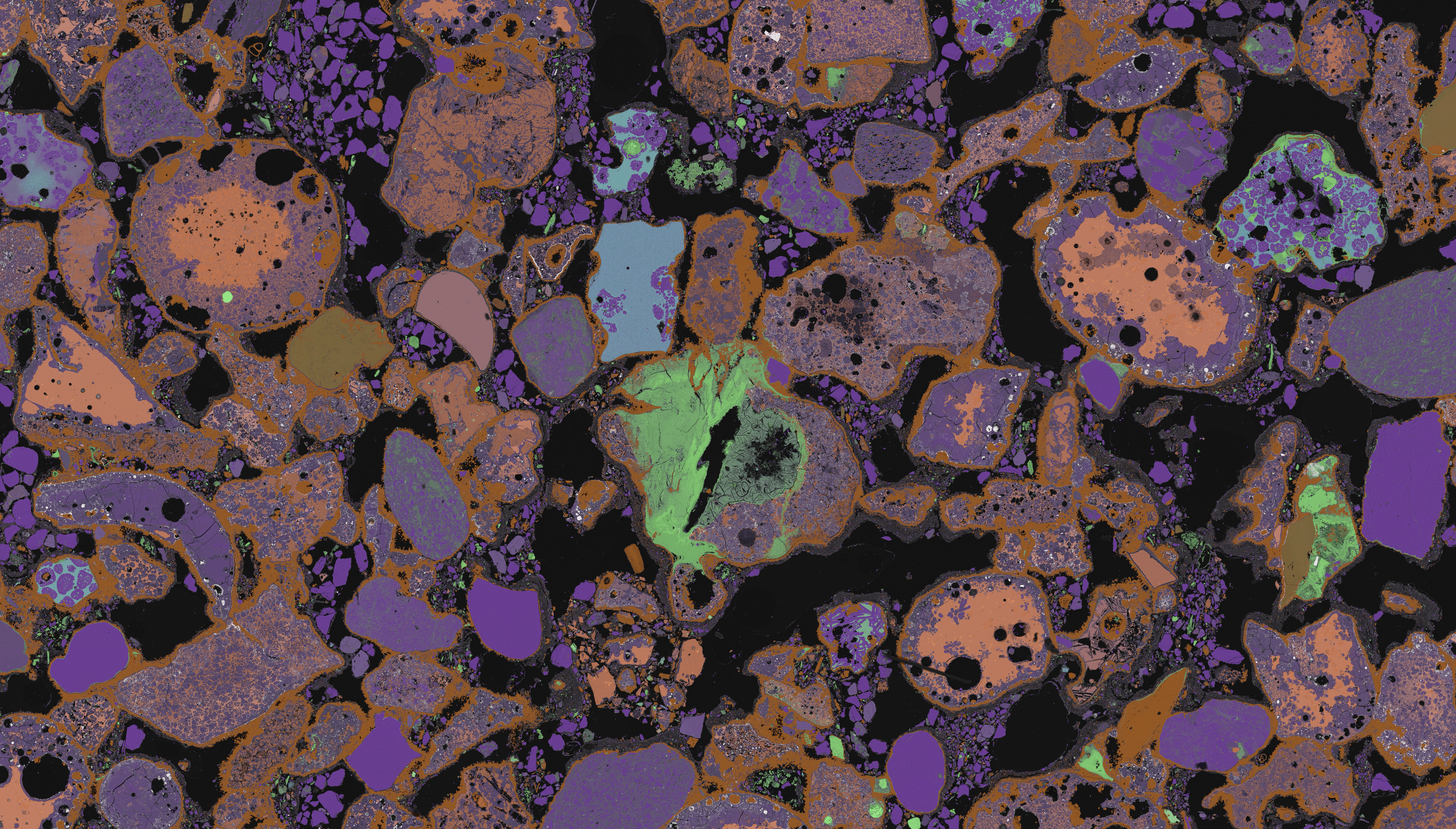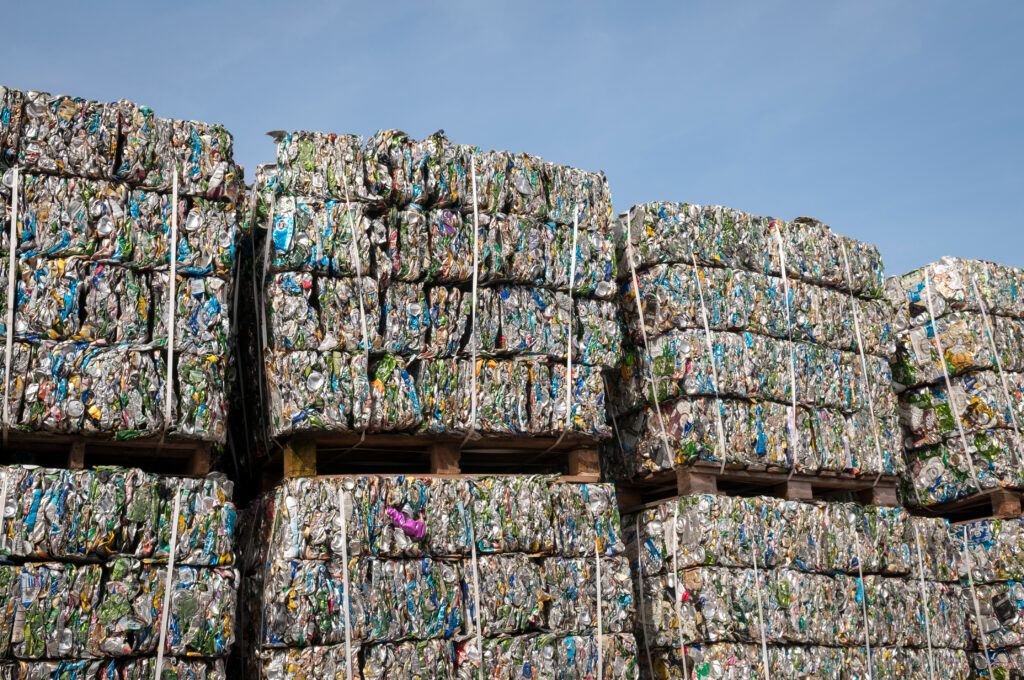The newly observed Earth system cycle challenges previous understanding that rock requires millions of years to form naturally.
The research found that slag – a waste product from the steel industry – turns into rock in as little as 35 years.
Dr Amanda Owen, one of the co-authors of the report, said: “For a couple of hundred years, we’ve understood the rock cycle as a natural process that takes thousands to millions of years.
“What’s remarkable here is that we’ve found these human-made materials being incorporated into natural systems and becoming lithified – essentially turning into rock – over the course of decades instead. It challenges our understanding of how a rock is formed, and suggests that the waste material we’ve produced in creating the modern world is going to have an irreversible impact on our future.”
The discovery was made when an aluminium tab from a drink can was found embedded in a new form of rock at Derwent Howe in West Cumbria.

Derwent Howe was home to iron and steel-making foundries during the 19th and 20th centuries, and its coast accumulated 27 million cubic metres of furnace slag over the course of its industrial history.
The “rapid anthropoclastic rock cycle” mimics natural rock cycles but with human materials.
Lab analysis revealed high levels of calcium, iron, magnesium and manganese which could leave to the accelerated formation.
The team has warned that the rapid and unplanned-for development of rock around industrial waste sites could have negative impacts on ecosystems and biodiversity, as well as coastal management and land planning.
Dr John MacDonald, a co-author of the study, said: “We were able to date this process with remarkable precision.
“We found both a King George V coin from 1934 and an aluminium can tab with a design that we realised couldn’t have been manufactured before 1989 embedded in the material.
“This gives us a maximum timeframe of 35 years for this rock formation, well within the course of a single human lifetime. This is an example in microcosm of how all the activity we’re undertaking at the Earth’s surface will eventually end up in the geological record as rock, but this process is happening with remarkable, unprecedented speed.”
Dr David Brown, the paper’s third co-author, added: “Slag contains all the elements it needs to turn into rock when it is exposed to seawater and air, so I think it’s very likely that this same phenomenon is happening at any similar slag deposit along a relatively exposed coastline with some wave action anywhere in the world.
“Steel slag waste is a global phenomenon, and as we’ve documented, when alkaline mine wastes are exposed to water and air, there is potential for cementation of loose material.”








Subscribe for free